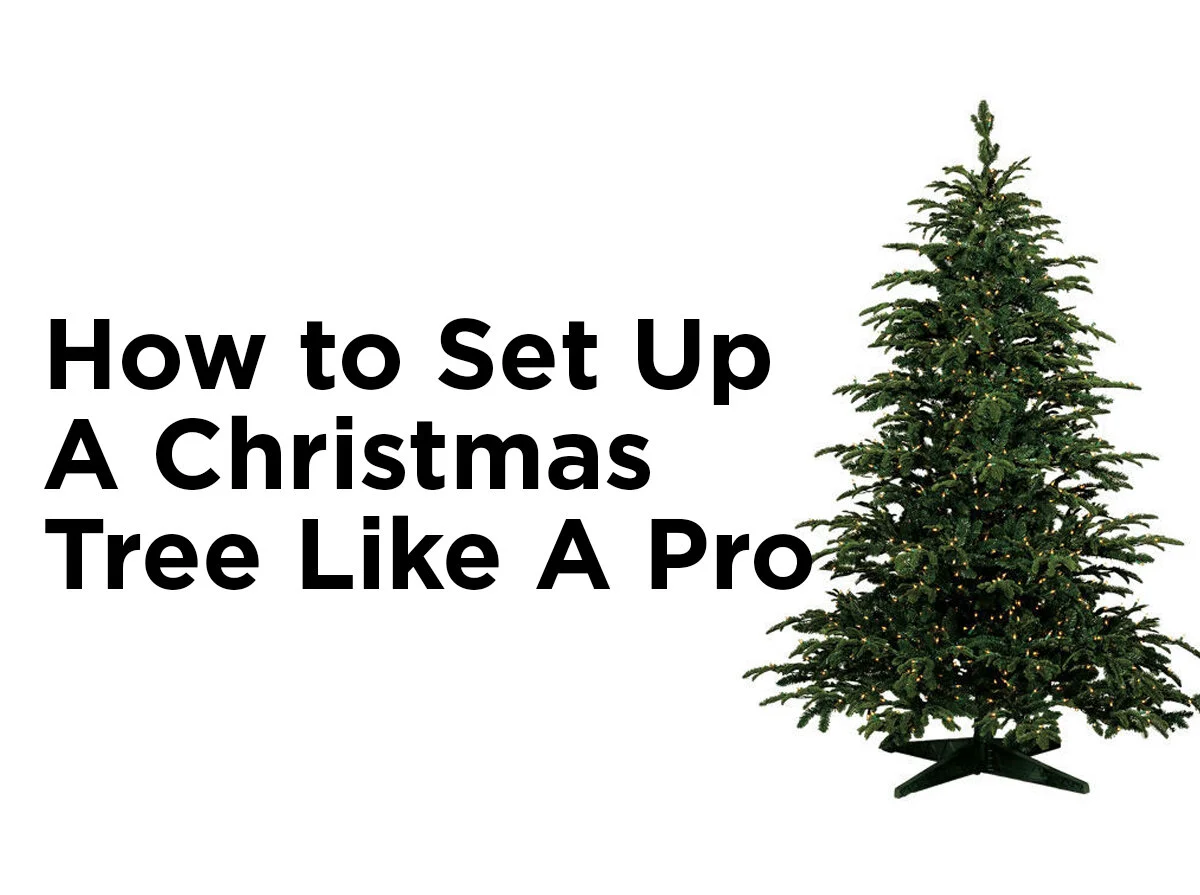Christmas Mini Lights Buying Guide
Walk into any big box store this holiday season and you'll see two, maybe three, options for Christmas mini lights: Number of bulbs, bulb color, and if you're lucky, wire color. After all, these are the only choices most people consider. But "most" people aren't informed buyers. Any informed buyer craves selection, and that's why we offer literally hundreds of mini light choices at 1000Bulbs.com.
Of course, with so many choices available, we realize it can be frustrating to find just the right mini lights you need, so to make that process easier, here's a quick guide to buying mini lights.
Bulb Spacing
Have you ever had to double or triple-wrap a Christmas tree with lights to make it bright enough? The typical set of mini lights has bulb spacing (the amount of wire between individual bulbs) of 12 inches. In almost all cases, that's too far apart.
The maximum bulb spacing for a Christmas tree, gutter, or house trim should be 6 inches, not 12. To wrap an outdoor tree trunk, pole, or banister, tighter bulb spacing of 4 inches is better. For wreaths, garlands, and other objects with a small diameter, you may even want to go with 2.5 inch spacing.
Wire Gauge
Wire gauge isn't just a topic for electricians. When it comes to mini lights, the thicker the wire, the longer it lasts and the more end-to-end connections you can make.
The standard wire gauge for mini lights is 22 AWG, but for especially long runs or harsh outdoor conditions, use a thicker wire gauge of 20 or even 18 AWG (the smaller the number, the thicker the gauge).
Lead and Tail Length
Lead length is the distance from the outlet (the male plug) to the first bulb in a set of mini lights. It is typically 3 to 6 inches, but many shorter "craft" lights have longer leads of 2 feet or more.
Longer leads are great for wall-mounted items like wreaths that are usually far away from a wall socket. Having a longer lead means you won't have lights "floating in space" before they reach their destination.
Tail length is the other end of the string (the female plug) that connects to the next string in the series.
Connection Options
Mentioned earlier in the section on wire gauge, mini lights with a thicker wire gauge are able to handle more end-to-end connections. Though the exact number may vary, most 22 AWG 100 light sets are UL listed for up to three end-to-end (male to female) connections. A 20 AWG set of the same length may be rated for twice that—6 connections. Exceed that recommendation and the fuses within the light string will overload and burn out.
Interestingly, the recommendation for a 50 light set is usually the same. Why? For safety reasons, UL does not recommend more than three end-to-end connections for a 22 AWG string light of any length. If you plan a particularly long run, it is better to use a few 100 or 150 light stands than several shorter strands.
What Are Your Plans?
What are your Christmas lighting plans this year? Let us know what you have in store. Drop us a line in the comments below, or connect with us on Facebook, Twitter, or Google Plus. If you have something especially interesting, we may even pin it on Pinterest!







